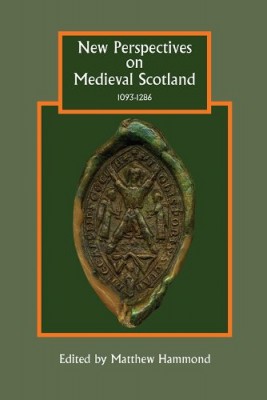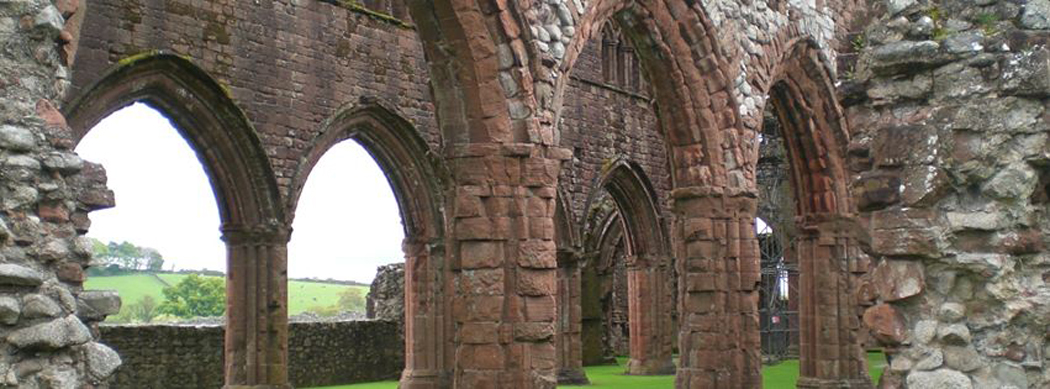From 1093 – 1286 Scotland became a nation, fully recognized by the rest of Europe. This book offers new perspectives on the role of literacy and the growing institutions of Medieval Scotland
New Perspectives on Medieval Scotland 1093 -1286
By Matthew Hammond
Boydell and Brewer 2013
ISBN: 9781843838531
ABSTRACT:
The years between the deaths of King Mael Coluim and Queen Margaret in 1093 and King Alexander III in 1286 witnessed the formation of a kingdom resembling the Scotland we know today, which was a full member of the European club of monarchies; the period is also marked by an explosion in the production of documents. This volume includes a range of new studies casting fresh light on the institutions and people of the Scottish kingdom, especially in the thirteenth century. New perspectives are offered on topics as diverse as the limited reach of Scottish royal administration and justice, the ties that bound the unfree to their lords, the extent of a political community in the time of King Alexander II, a view of Europeanization from the spread of a common material culture, the role of a major Cistercian monastery in the kingdom and the broader world, and the idea of the neighbourhood in Scots law. There are also chapters on the corpus of charters and names and the innovative technology behind the People of Medieval Scotland prosopographical database, which made use of over 6000 individual documents from the period.
Matthew Hammond is a Research Associate at the University of Glasgow.
Contributors: John Bradley, Stuart Campbell, David Carpenter, Matthew Hammond, Emilia Jamroziak, Cynthia Neville, Michele Pasin, Keith Stringer, Alice Taylor.
CONTENT:
1 Introduction: The paradox of medieval Scotland, 1093-1286
2 The Scottish ‘political community’ in the reign of Alexander II (1214-49)
3 Homo ligius and unfreedom in medieval Scotland
4 Scottish royal government in the thirteenth century from an English perspective
5 Neighbours, the neighbourhood, and the visnet in Scotland, 1125-1300
6 Cistercian identities in twelfth- and thirteenth-century Scotland: the case of Melrose Abbey
7 The language of objects: material culture in medieval Scotland
8 Structuring that which cannot be structured: a role for formal models in representing aspects of medieval Scotland
